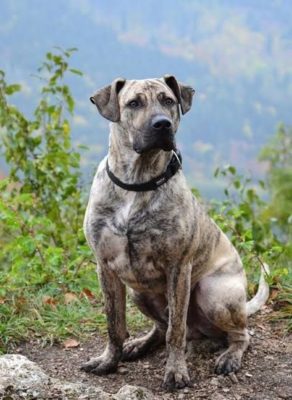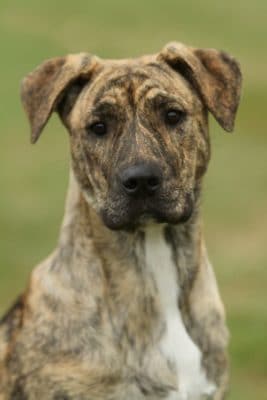Cimarrón Uruguayo
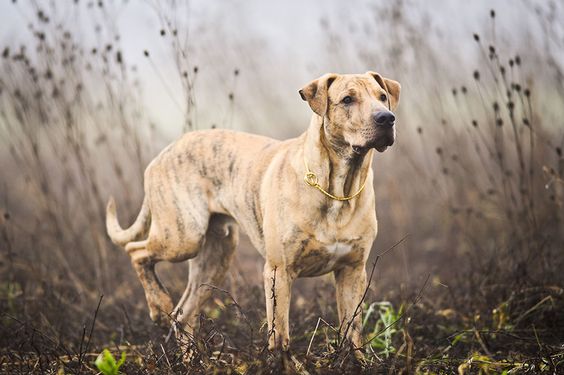
The Cimarrón Uruguayo is quite stubborn, independent, and self-reliant. It is not easy to find a common language with them and make them obey. Inexperienced dog owners find it very difficult to tame the breed. To do this, you need to have no less strong character than the Cimarrón Uruguayo.
Table of Contents
Breed Information
| Another Name | Cimarrón, Uruguayan Cimarrón |
| Origin | Uruguay |
| Height | Males 58-61 cm Females 55-58 cm |
| Weight | Males 38-45 kg Females 33-40 kg |
| Fur | Short, smooth, close-fitting, with undercoat |
| Color | Tiger and pale |
| Lifespan | 9-14 years |
| FCI Classification | Pinscher and Schnauzer – Molossoid and Swiss Mountain and Cattledogs |
| Group | Watchdogs |
| Price | From $4000 |
Breed Photos
Origin History
The origin of these dogs is very ancient. It is believed that they appeared in Uruguay after the Spanish and Colombian colonizers left the country. It is also thought that these dogs arrived in the lands with the warriors of Juan Díaz de Solís, the Spanish navigator. There a detachment of warriors died in a skirmish with the local tribes, and the dogs remained in the lands, interbred with the local dogs, and adapted to the conditions.
Soon the dogs became so numerous that they became a danger to children, other animals, and livestock. So, the authorities passed a law that these dogs could be hunted, and there was a reward for each one killed.
Many dogs were destroyed, but most survived on farms, where they were used as farm helpers, hunting and protecting the area.
For the first time, the dogs took part in a show in 1989; the breed was officially recognized in 2006. Now the Cimarrón Uruguayo is very popular in its homeland and hardly used in Europe and America.
Appearance
The dog has a muscular build, well-developed muscularity, strong muscles, and excellent fighting spirit. They are considered impeccable protectors and guards.
The height of males is 58-61 cm, bitches 55-58 cm. Small deviations from the norm are allowed. The weight in dogs can reach 45 kg.
The dog’s ears are usually very short cropped. The coat is short, very smooth, tightly fitting. There is an undercoat. The color can be tiger, pale, brown. A black mask may be formed on the muzzle.
The dog’s facial features are very well marked. The eyes should be dark, and the darker, the better. Small white spots are allowed on the paws, chest, and belly.
Character
The Cimarrón Uruguayo is quite stubborn, independent, and self-reliant. It is not easy to find a common language with them and make them obey. Inexperienced dog owners find it very difficult to tame the breed. To do this, you need to have no less strong character than the Cimarrón Uruguayo.
They are very active; they like to play, run and spend active time. They have a lot of energy, which should be directed in the right direction – you can organize competitions, they are perfectly developed competitive spirit.
Loyal to their master if they feel his strong-willed and robust character. Cimarrón Uruguayos are always ready to defend the territory, person, or property entrusted to them.
Care
The Cimarrón Uruguayo can live in an apartment without problems, but you have to consider its constant activity. He will need at least two hours of walking and exercise a day.
They will also do fine in a private home, where they will be eager to defend the territory, run and play a lot. They are also great hunters and will enjoy catching big birds and other animals.
The coat does not require much care because it is short and almost does not shed. It should be brushed regularly with a special brush and wiped after walks. When walking, you must use a leash because his instincts can make him angry with cats and other small animals.
Training
To raise and train an Cimarrón Uruguayo, you have to be a leader and a real authority figure. If the dog feels more robust than the owner, the training may not bring good results.
From an early age, it is vital to accustom the puppy to noise, to other people, to animals. The dog has a good memory and intelligence, so proper training may not show excessive aggression.
Common Diseases
There are no reliable facts about the health status of the Cimarrón Uruguayo, but they are believed to be in excellent health and not prone to genetic diseases.
If properly cared for and checked by a doctor from time to time, a pet can live up to 15 years.
Nutrition
The diet should consist of 50% meat. The other half of the diet is seasonal fruits, vegetables, cereals, and by-products. It is recommended to give a lot of cottage cheese and products containing calcium during growing up.
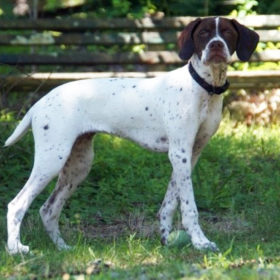 Braque Francais (Pyrenees)
Braque Francais (Pyrenees)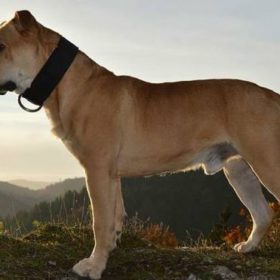 Ca de Bou
Ca de Bou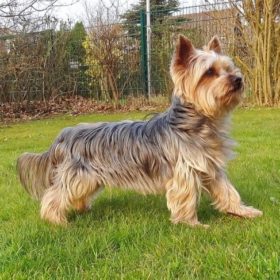 Yorkshire Terrier
Yorkshire Terrier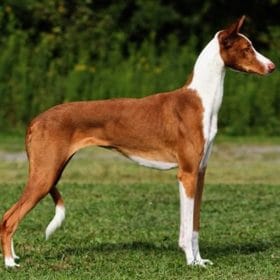 Smooth Collie
Smooth Collie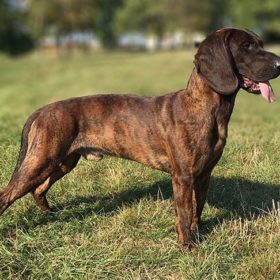 Hanover Hound
Hanover Hound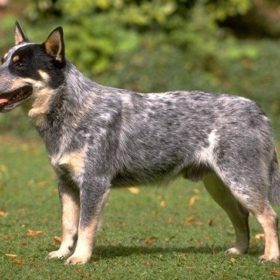 Australian Cattle Dog
Australian Cattle Dog